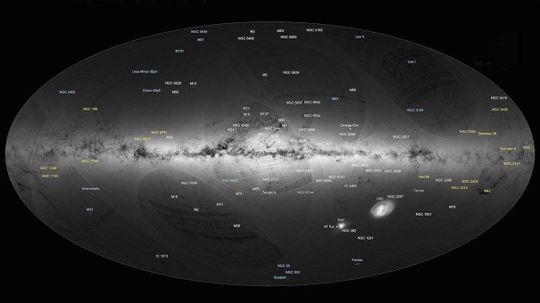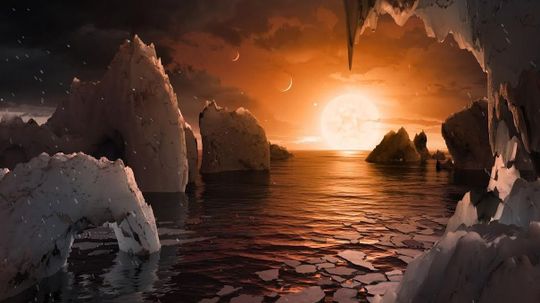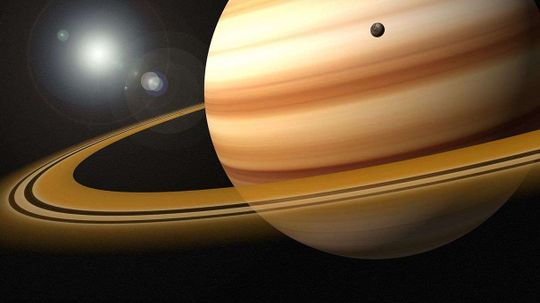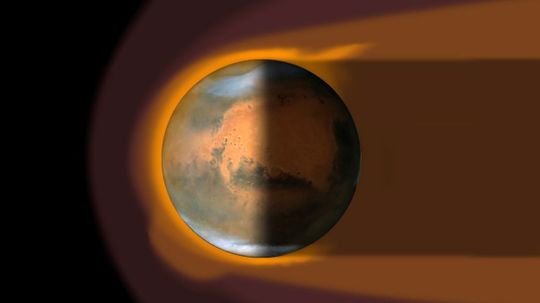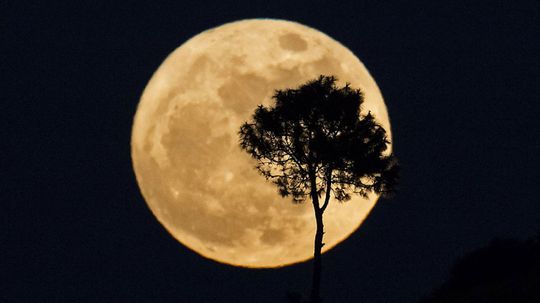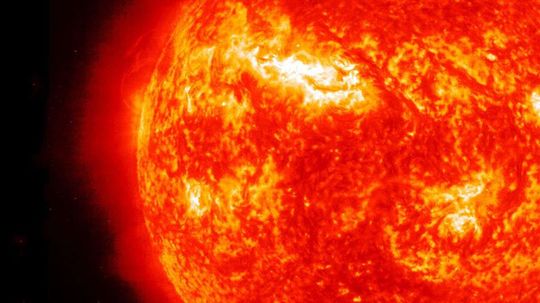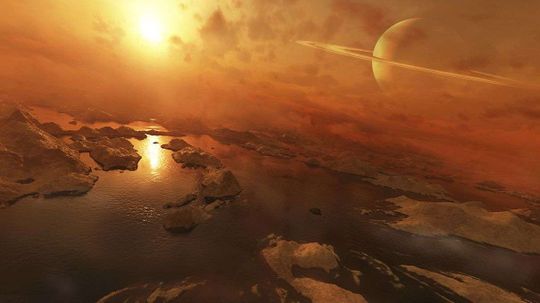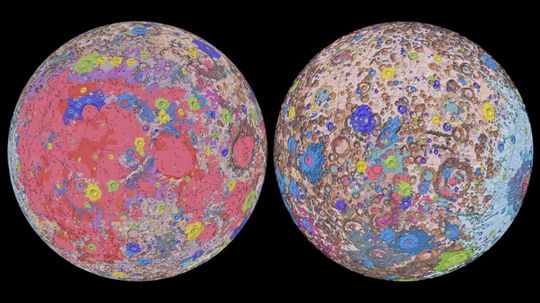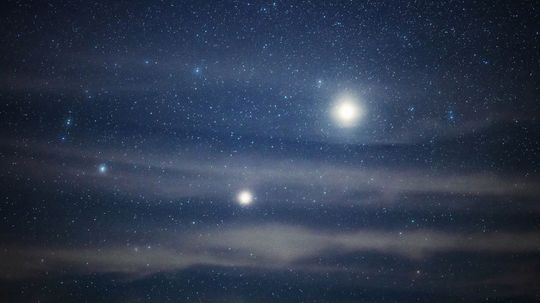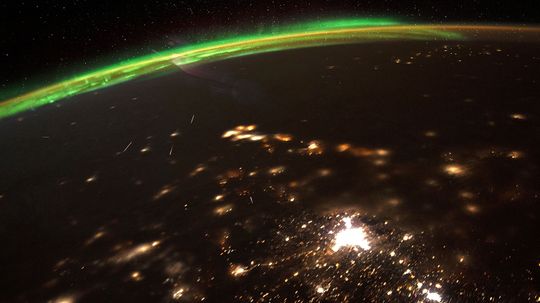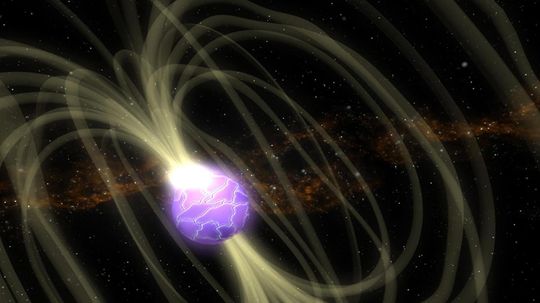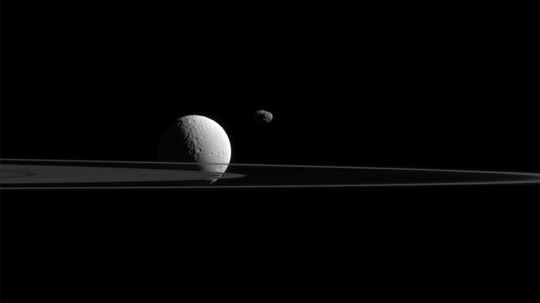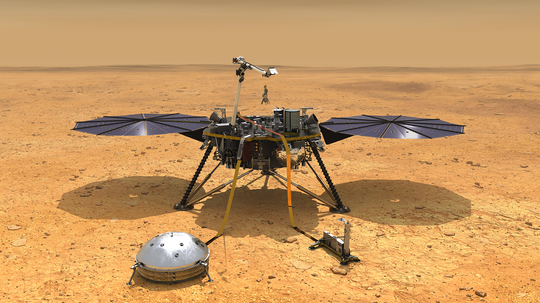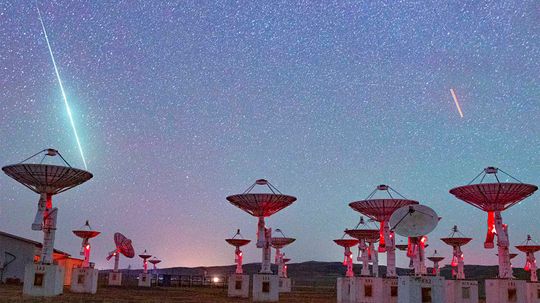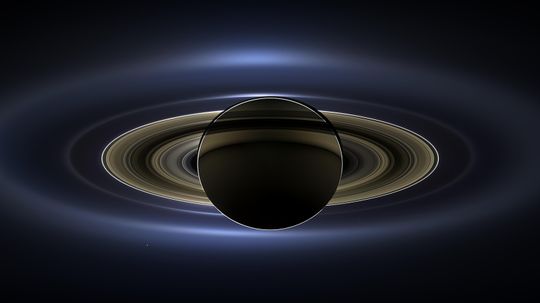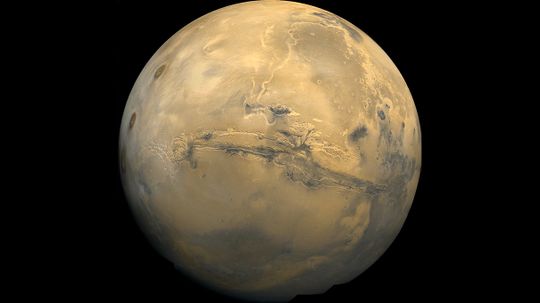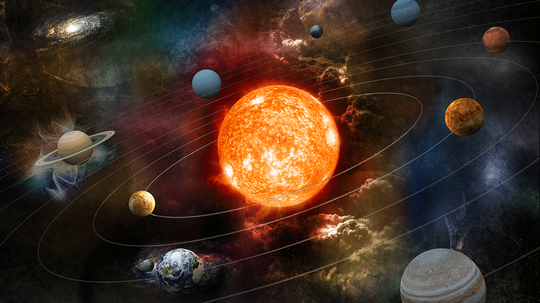The Solar System
In the Solar System Channel, you can explore the planets and celestial objects around our own sun. Learn about topics such as Mars, Jupiter and the Moon.
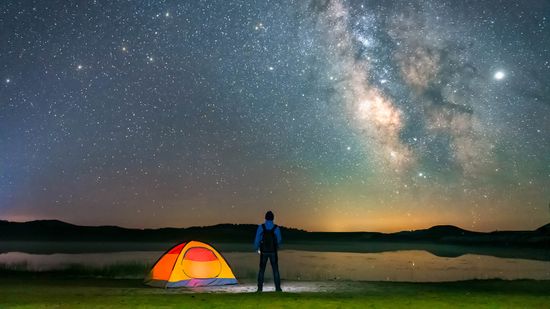
88 Constellation Names (and 24 You Can Only See From the Northern Hemisphere)
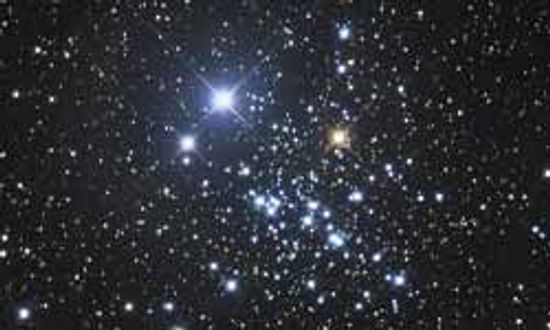
Constellation Pictures
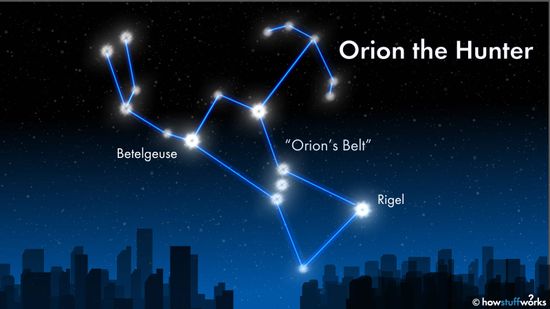
How to Find Orion's Belt in the Night Sky
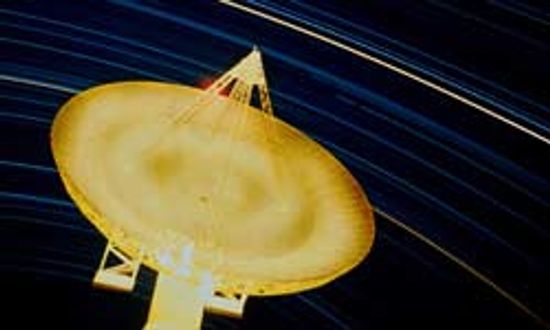
Radio Telescope Image Gallery
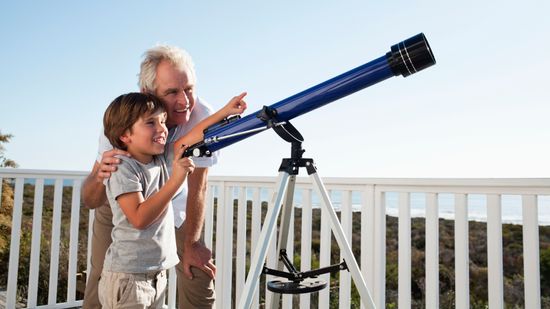
How do I build a telescope at home?

Shooting the Stars as an Astrophotographer
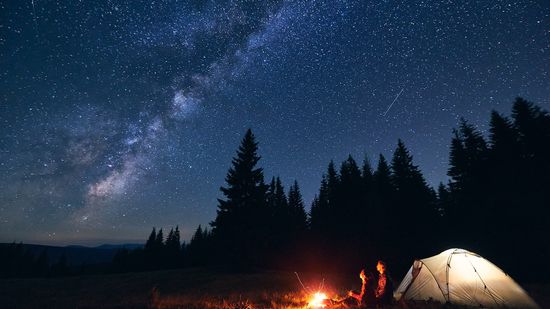
10 Types of Stars Blazing and Collapsing in Our Universe
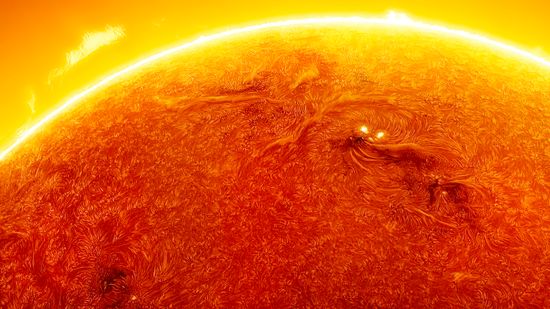
Solar Storm + Earth's Magnetic Field = Auroras Galore
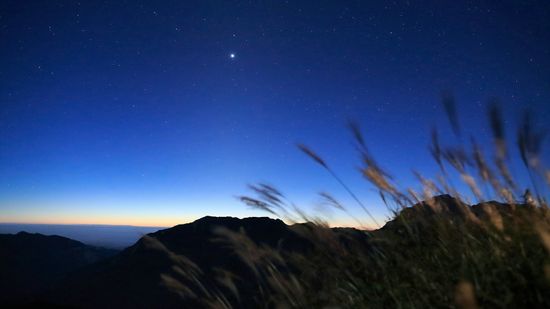
What's the Brightest Star in the Sky? Depends on the Season
Learn More / Page 4
Yep, 'Oumuamua was probably kicked out of its own star system by an overbearing gas giant like Jupiter.
Astronomers have just discovered a gas in Uranus' clouds that does nothing to help the planet being taken seriously.
Advertisement
The European Space Agency's Gaia satellite observatory has created a 3-D model of the Milky Way - and beyond! - that charts more than a billion stars.
Say hello to the newly discovered TRAPPIST-1 system, which is just 39 light-years away and filled with seven Earth-like planets.
The rings of Saturn, Uranus and Neptune may be remnants of smaller planets destroyed long ago by the gas giants' powerful gravity.
And solving that issue could go a long way toward making our planetary neighbor habitable.
Advertisement
It's a bird, it's a plane, it's a supermoon! Aside from being bigger and brighter than a regular moon, does a supermoon affect anything on Earth?
The sun's atmosphere is actually hotter than its surface, even though you'd assume the surface is what generates all that heat. How does that work?
Saturn's largest moon Titan is the only other celestial body we know of that has liquid lakes on its surface. NASA has just captured some amazing footage of clouds.
The space telescope's ultraviolet observations come days before the Juno space probe will arrive to orbit the gas giant's polar regions.
Advertisement
The moon has seen a lot in its 4.5 million years of life, and this detailed geologic map serves as testament.
You might call it a Christmas miracle. Jupiter and Saturn will align so closely they may look like a double planet. The last time we saw this was in 1226.
The Quadrantids are a short but powerful meteor shower that shows up in early January. How can you glimpse it?
A magnetar is a neutron star with a super-strong magnetic field. Astronomers consider them among the scariest objects in the universe, but why?
Advertisement
The idea behind the "fake" moon is to provide extra illumination to Chengdu, a city in China's Sichuan province. What could possibly go wrong?
By Mark Mancini
After cruising 300 million miles and spending seven months in space, the InSight spacecraft successfully touched down on Mars' surface. How awesome is that?
Every April, the Lyrid meteor shower fills the sky with shooting stars. Here's how to see them in 2023.
By Mark Mancini
Advertisement
The wait is over. NASA confirms Mars is seismically active.
The idea of planet Nibiru has captivated doomsday prophets and conspiracy theorists for decades, but nobody has proven its existence. What's the deal?
By Mark Mancini
No worries though. Jupiter, Neptune or Uranus could create their own beautiful, bright ring display in the distant future.
Advertisement
Some scientists think the existence of plate tectonics could be a prerequisite for life. So do they exist on other planets outside of Earth?
By Mark Mancini
Once upon a time, the sun caught an interstellar orphan and adopted it as its own. It's named 2015 BZ 509.



